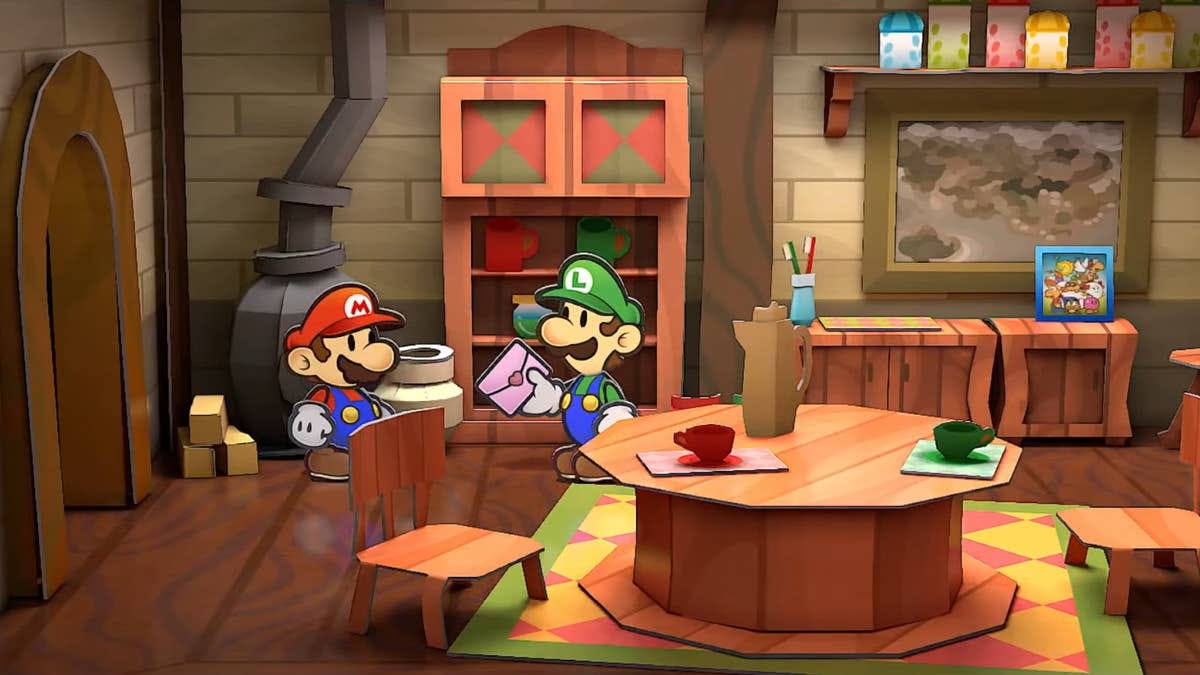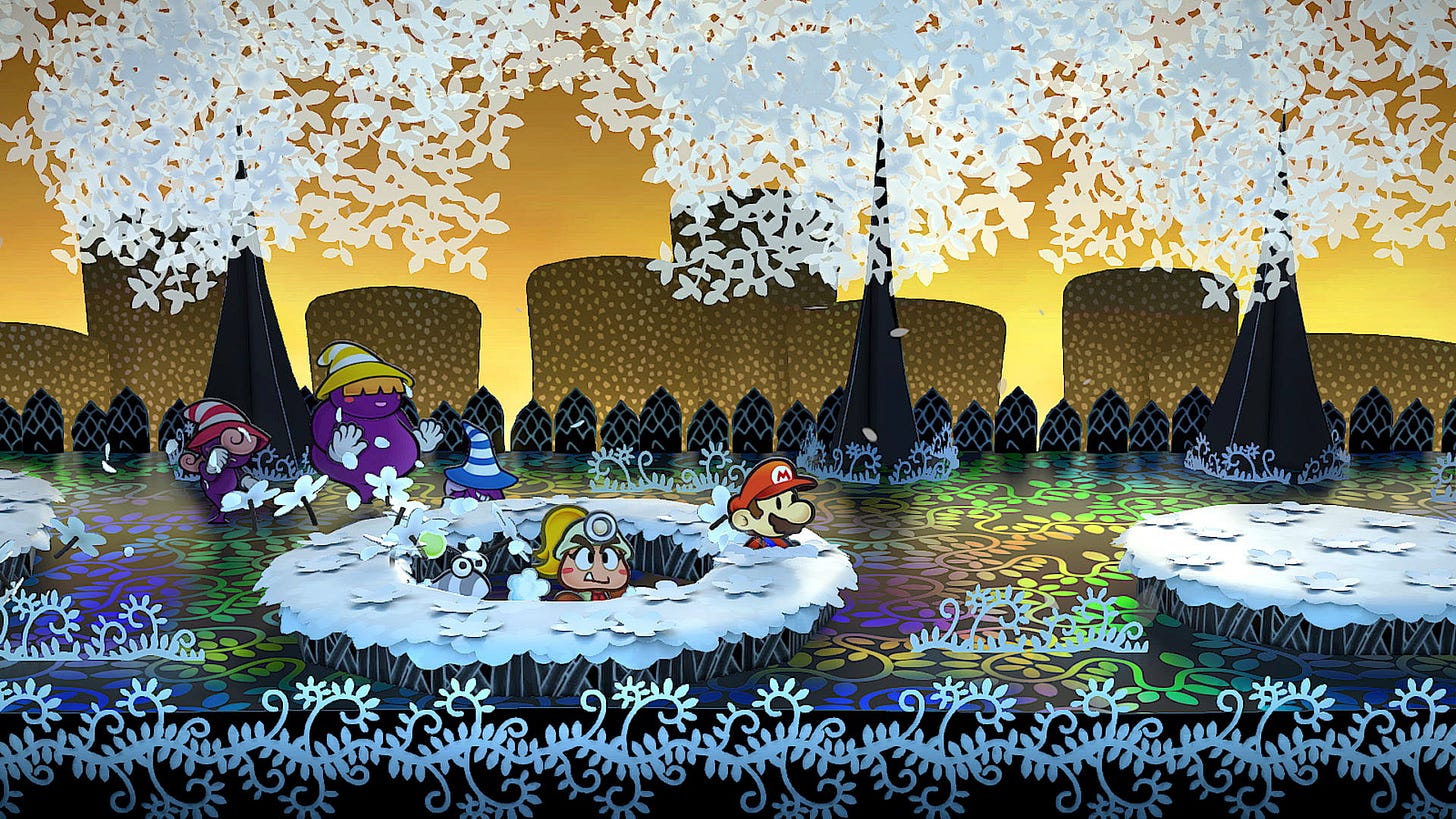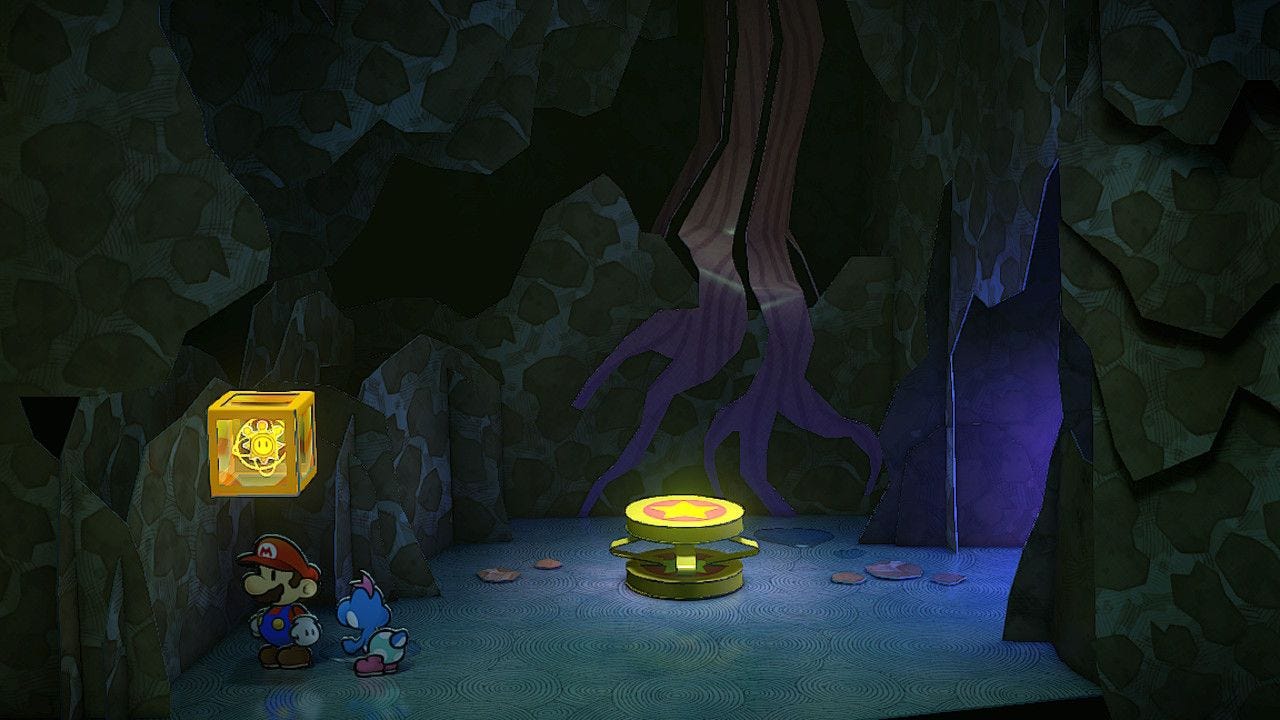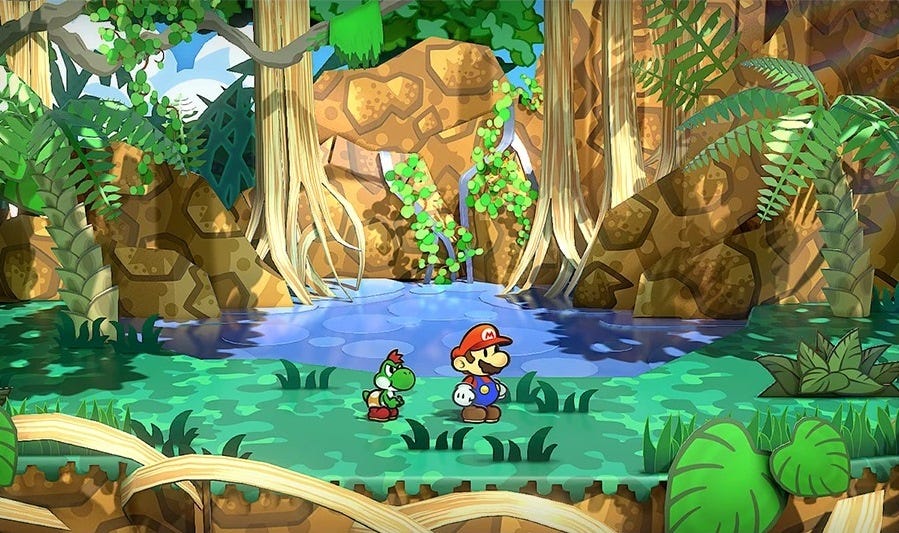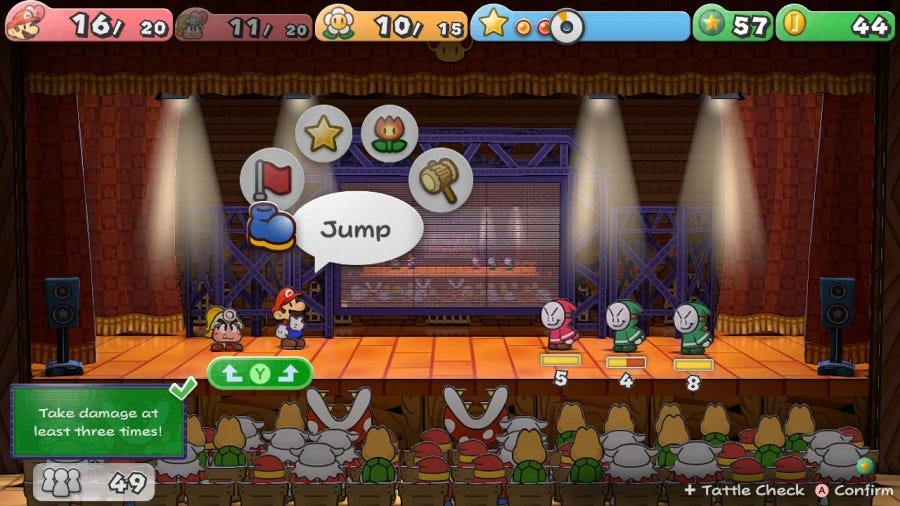Analyzing the 'Paper Mario: The Thousand-Year Door' remake
Sean Clark breaks down his analysis and thoughts on the 2024 remake of the 2004 GameCube classic, 'Paper Mario: The Thousand-Year Door.
Back when I ran The Candid Clark website in 2020, I wrote a retrospective on my favorite Nintendo game of all-time, Paper Mario: The Thousand-Year Door. Originally released in 2004 for the Nintendo GameCube, The Thousand-Year Door is a Mario turn-based RPG where the characters are flat pieces of paper in a 3D world. My excitement could not have been higher when Intelligent Systems, the same studio for the original game, released a modern remake of the game on May 23, 2024. I played the game on launch, and after playing through the entire game, I felt satisfied with the modern interpretation of my favorite Mario game of all-time.
The story for the remake is the same as the original with extra content, updated graphics, a new soundtrack and tweaks to the game that those familiar with the original could instantly recognize.
I covered the story in my retrospective linked above but to summarize, Mario gets a letter from Princess Peach, who summons him to Rogueport with a mysterious treasure map that supposedly leads to the fabled legendary treasure. Rogueport is a shady town with thieves and trash everywhere while laying on top of ruins that display remnants of a town that was destroyed 1000 years ago.
Alas, before Mario arrives, Peach is kidnapped by X-Nauts, who want the treasure for themselves behind the Thousand-Year Door located under Rogueport. To stop them, Mario must collect the seven Crystal Stars scattered across the world and beat the villainous X-Nauts to the treasure while uncovering its many mysteries.
The three biggest reasons the original is one of my favorite games of all-time are the unique story, world designs and the amazing character progression system. These still hold true in the remake, but in this article I will analyze the changes in the remake and how it holds up compared to the original game.
One quick aspect to establish, the modern design of the game makes the original locations look even more colorful and beautiful, adding to the exciting adventure of playing the modern remake of The Thousand-Year Door.
Oftentimes, the biggest complaint everyone had (myself included) with the original game is backtracking. The chapter designs maintain their amazing atmosphere, soundtrack, characters and adventure. However, some chapters like four and seven, required tedious backtracking between locations with no shortcuts. This led to unnecessary time consumption and frustration.
Luckily, the remake fixes this problem in many different instances. For example, in the fourth chapter, you have to backtrack between the Creepy Steeple and Twilight Town four times. Having to walk the whole trail and fight the random enemies was one of the few parts of the game I did not look forward to replaying.
However, the remake cuts this in half to my sheer delight. After shopping in Creepy Steeple, there is now a pipe that takes you straight to Twilight Town and then back to Creepy Steeple. I had tears of joy when coming across this, making me instantly fall even more in love with this remake.
Also, the new content added was incredible to experience, especially coming from someone like me who platinumed of the original game. There were several new fights added, new item blocks in locations that did not previously have them (such as the Poshley Sanctum) and partner hints. While, I knew the solution to every puzzle, I loved hearing the new dialogue from your partners on how to solve them.
In the original game, I always wanted to fight Prince Mush, the first champion of the Glitz Pit. To my surprise, the remake adds him as an optional superboss. It is the toughest fight in the game as you have to superguard lightning-quick attacks just to be able to damage him later in the fight. It is an epic fight, making a game I previously mastered, more of a challenge to beat.
Alas, there is one major negative I have with the remake: the soundtrack and sound design. The original was filled with distinct and atmospheric music that set the tone perfectly, such as “The X-Naut Fortress,” “The Glitz Pit” and “Rogueport.” These tracks sound more generic in the remake with similar beats that blend together over the many hours spent playing the game. While some tracks such as “The Rogueport Sewers,” “The Great Tree" and “Fahr Outpost” are all better in the remake, the aforementioned songs that stood out in the original game are weaker in the remake. Luckily, there is a badge, Nostalgic Tunes, that allows you to listen to the original versions.
I definitely appreciated how each world had its own battle theme unlike the original. However, this is outweighed by the lackluster sound design. The partners and Mario’s sounds in the original are replaced with more generic action sounds, making each move feel less impactful. On top of this, the crowd noise was non-existent, lessening the excitement of the thrilling turn-based battles. This is especially highlighted in Glitzville, where you fight in an arena filled with fans. This made my favorite chapter in the original one of my least favorites in the remake.
Overall, the positives outweigh the negatives. The improved look, the new content and the lack of backtracking make me more forgiving. If you enjoy classic turn-based RPGs, a great story and Mario goodness, this game is for you. You can order the game digitally or physically on the Nintendo Switch!
Rating: 9/10





